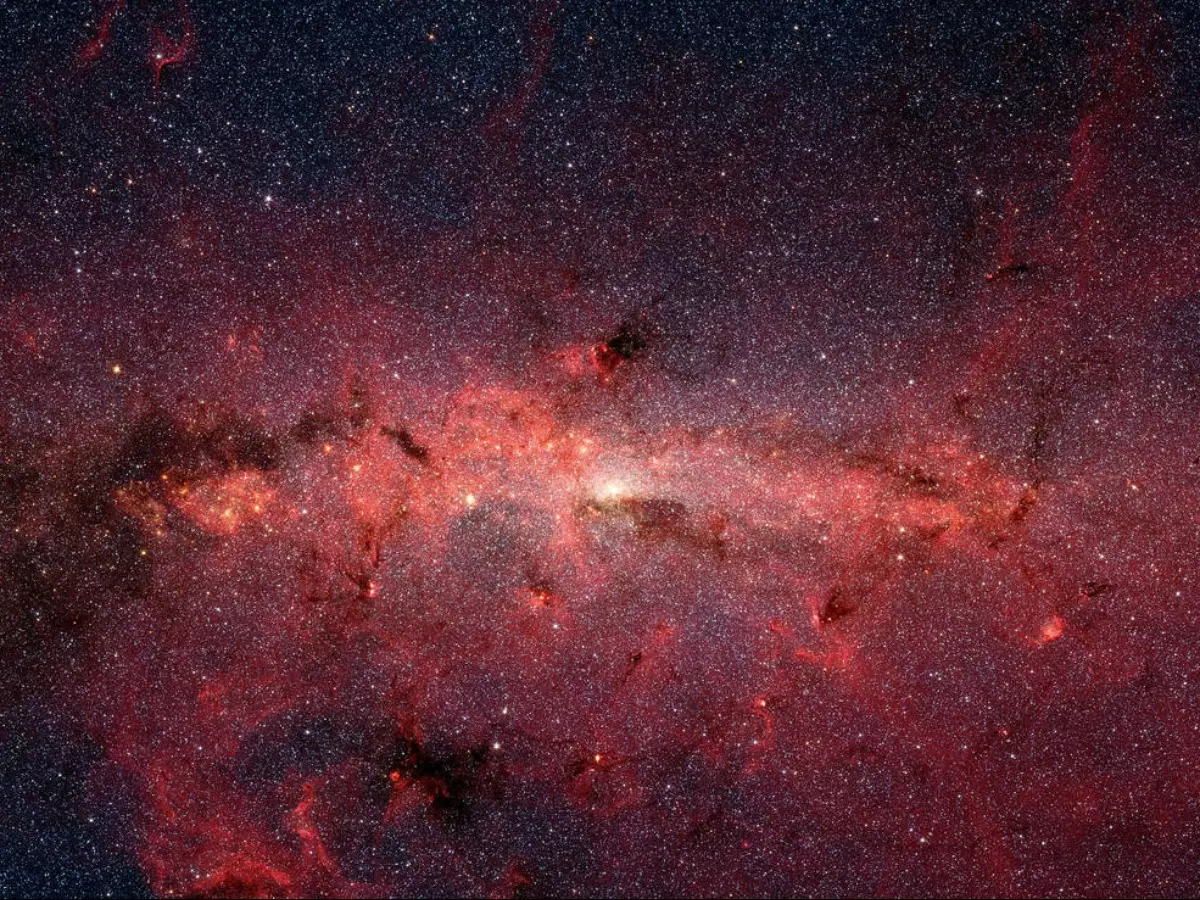Earth Got 200 Light Years Closer To Our Galaxy's Supermassive Black Hole
The Earth has been found to be about 2000 light-years closer to a black hole than previously thought. The revised positioning of the Earth comes with respect to the supermassive black hole in the center of the Milky Way Galaxy. In addition to this the Earth is moving 7 km/s faster than thought. This does not mean that our planet is plunging towards the black hole.

Since long, many curious minds have speculated the way planet Earth would face its end. One theory among many is that a black hole would be responsible for this.
 NASA
NASA
A recent observation might encourage the theory, as the Earth has been found to be about 2000 light-years closer to a black hole than previously thought. This, however, is not what it seems like.
The revised positioning of the Earth comes with respect to the supermassive black hole in the center of the Milky Way Galaxy. In addition to this, it has been found that the Earth is moving 7 km/s faster than previously thought. Though the facts do not mean that our planet is plunging towards the black hole.
Instead, the new position and velocity vectors come as a result of a better model of the Milky Way Galaxy based on new observation data. A new release by the National Astronomical Observatory of Japan highlights this, revising the location of a catalog of objects observed over the course of more than 15 years by the Japanese radio astronomy project VERA.
 Position and velocity map of the Milky Way Galaxy as per VERA observations (Image: noaj)
Position and velocity map of the Milky Way Galaxy as per VERA observations (Image: noaj)
VERA or the VLBI Exploration of Radio Astrometry, (VLBI stands for Very Long Baseline Interferometry) was initiated in 2000. Its goal was to map three-dimensional velocity and spatial structures in the Milky Way using a technique called interferometry.
The technique combines data from radio telescopes placed across the Japanese islands. The combined output achieves the same resolution as a 2300 km diameter telescope.
¡°Measurement accuracy achieved with this resolution, 10 micro-arcseconds, is sharp enough in theory to resolve a United States penny placed on the surface of the Moon,¡± the release reads.
Observing our cosmic position
Since Earth is located inside the Milky Way Galaxy, it is difficult to observe the galaxy from the outside. Astrometry is hence used to accurately measure the positions and motions of objects in the galaxy. This year, the First VERA Astrometry Catalog was published, with data for a total of 99 objects.
 (Representative Image: NASA, JPL-Caltech)
(Representative Image: NASA, JPL-Caltech)
Based on these (and other) observations, astronomers created a position and velocity map of our galaxy. From this map, the center of the Galaxy and its distance from Earth was calculated.
¡°The map suggests that the center of the Galaxy, and the supermassive black hole which resides there, is located 25800 light-years from Earth,¡± the release says. This is closer than the previously thought 27700 light-years, the official value adopted by the International Astronomical Union in 1985.
Through the velocity component of the map, it was also found that Earth is orbiting the Galactic Center at 227 km/s, faster than the official value of 220 km/s.
In the future, VERA is expected to observe more objects, ¡°particularly ones close to the central supermassive black hole,¡± to better analyse the structure and motion of the Galaxy. ¡°The First VERA Astrometry Catalog¡± by VERA collaboration et al. appeared in Publications of the Astronomical Society of Japan in August 2020.
